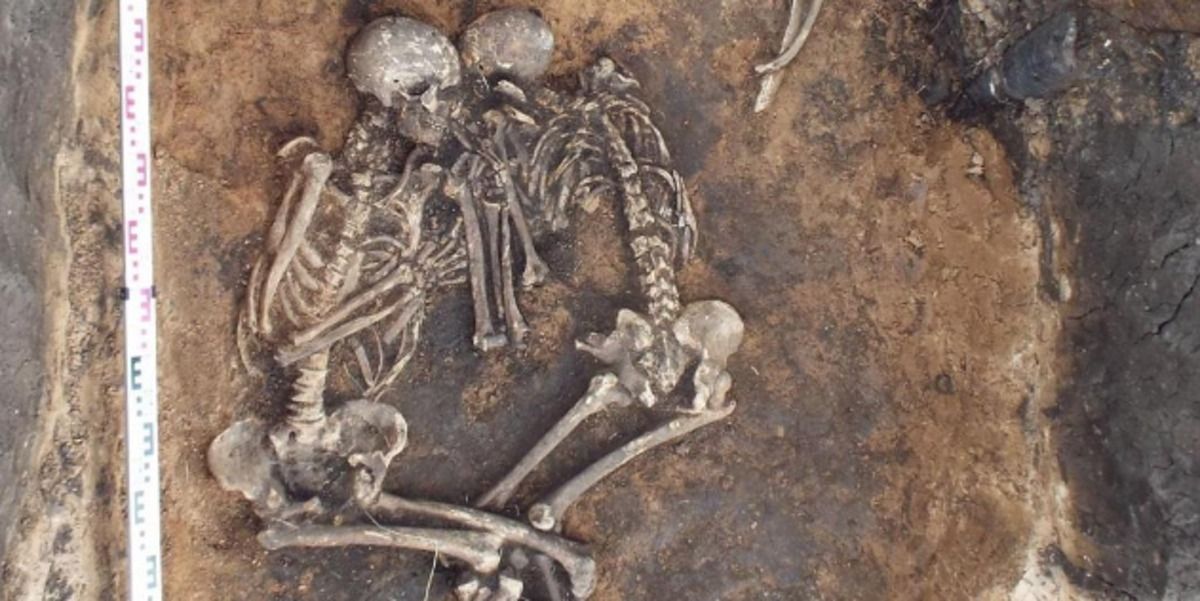Hidden in the bones of ancient humans lies evidence of diseases that continue to distress people today. Recently, the examination of two 3,800-year old skeletons revealed the presence of a Yersinia pestis strain, famously the bacterium that causes plague. This strain is now the oldest of its kind sequenced to date, and suggests that the devastation that is the bubonic plague has a Bronze Age origin.
The discovery, published Friday in Nature Communications, pushes back the proposed age of the bubonic plague by 1,000 years. It also adds to the understanding of a disease that is still reported between one and seven times per year in the United States, despite its more ancient reputation: In the U.S. 80 percent of plague cases have been in the bubonic form. Although it’s been present throughout much of recorded history — it was the drive behind some of humanity’s deadliest pandemics including the Justinian Plague and the Black Death — the origin and age of the disease have remained largely a mystery.
“Contrary to previous studies suggesting that Y. pestis was unable to cause disease during that time, we provide evidence that bubonic plague has been affecting humans for at least the last 4,000 years,” study co-author Maria Spyrou tells Inverse.
